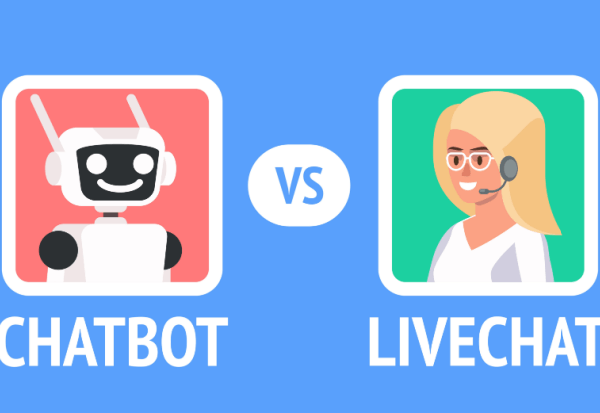Over the last decade or so, there has been a lot of interest in IoT technology and connecting devices to one another and to the internet. One of the key elements for ‘connecting’ various devices is wireless communication. There are several wireless interfaces such as Cellular, Wi-Fi, Bluetooth, ZigBee, LoRa etc. that are prominently used in different industries. However, choosing the right wireless technology among these is vital for the success of any product. One should consider several factors before zeroing in on the right wireless technology. Some of these factors include:
- Good Wireless Range/ Coverage
- High Throughput
- Low Power Consumption
- High Scalability
- Fool Proof Security
- Ease of Provisioning
Selecting the right technology that gives the best results, satisfying all requirements is always a challenge. For instance, cellular technology is often preferred for a mobile device used in logistics application as it has excellent coverage. However, being power-hungry, it would be difficult for the device to be operating on a battery for a long time. Similarly, LoRa with a good wireless range and low power consumption is an excellent choice for applications such as smart metering. But it has a relatively low data throughput and hence may not be the ideal choice for certain industrial applications.
What is Thread?
One of the recent entrants to the wireless communication space is Thread. Thread is an open-source, mesh network for connected devices, backed by Nest Labs (a subsidiary of Google) and some other industry bigwigs. Like ZigBee, it uses IEEE 802.15.4 wireless mesh protocol, but being IP based (Internet Protocol) means a Thread network can seamlessly connect to the internet without needing a translator or a gateway in between. Thread operates on the 2.4GHz ISM radio band, same as ZigBee, and offers a throughput of 250 kbits/s and a typical range of about 30 meters. It employs spread-spectrum techniques to provide immunity to interference. Thread’s low power consumption means that it can operate with a coin cell for almost two years.
Thread as a Mesh Network
Thread is a mesh network and can have several hundreds of devices communicating with each other, and to the Cloud. A typical Thread network would consist of an End Device, Router node and a Border Router. An End Device is generally a battery-powered device that would mostly communicate with only a parent router. A router node is one which would receive packets from devices and forwards them to the rest of the network. The Border Router is a device that can forward packets between a Thread network and a non-Thread network such as Wi-Fi or Ethernet.
Benefits of Thread
Thread is a self-healing mesh network and offers many benefits. One of them is that it avoids a single point of failure. That is, if any router in the network fails, another router automatically takes up its place. Unlike ZigBee, Thread devices can be linked to multiple border routers making the network more reliable. Another advantage is that being mesh, the Thread network is highly scalable. Each Thread network can scale up to hundreds of devices. Also, being built on IPv6 provides several other benefits such as end-to-end Routing and Addressability. Any two IPv6 endpoints, whether on the same Thread mesh or across networks, can communicate end-to-end with easy and well-understood internet routing mechanism moving the packets from one endpoint to the other.
One of the biggest USPs of Thread is that it promises a high level of security. Security breaches associated with IoT/ connected devices have recently gained very high visibility and is a major reason for people to not bring in connectivity to legacy devices. All devices in a Thread network are authenticated and communication is encrypted. Thread network claims to use a secure, banking class encryption and to have plugged the identified security loop-holes found in several other wireless protocols.
An IoT device should be easily deployable in the field, and this plays a big part in selecting the right wireless technology. Thread devices can be easily set up using a smartphone or a tablet. Users can securely connect Thread devices to each other and to the cloud for easy control and access from anywhere.
Built on 6LoWPAN, Thread uses the same radio as that of ZigBee and possibly with just a software upgrade, an existing ZigBee module can be converted to a Thread module easily. Hence, for legacy ZigBee users, it would be relatively easy to migrate to Thread technology. Availability of OpenThread, an open-source implementation of Thread, is likely to accelerate the development of products with Thread. However, the limited availability of “off-the-shelf border routers” and the use of less preferred mesh topology is a challenge for its quick adoption into IoT devices.
What is in store for the future?
Thread has great potential and can be considered as a very good alternative to installations with ZigBee such as Smart Homes or Smart Lighting as it supports all major features of ZigBee besides coming with some very useful “Wi-Fi like features”. Being open-source and with the backing it has from the large semi-conductor companies, Thread technology is poised to gain substantial momentum over the next few years and eventually emerge as the primary choice for medium-throughput, low power IoT applications.

is a Senior Hardware Engineer – Product Engineering Services at Happiest Minds Technologies with hands on experience in all phases of product development cycle. He has extensive experience in architecting low power IOT designs, Compute intensive hardware designs and Analog designs. He has designed, developed and released-to-market several products such as COM Modules, Data Acquisition systems, Gateways, IOT devices, SBCs, Servers, Telecom devices and many more.
He holds a bachelor’s degree in Electronics & Communication Engineering and a master’s degree in Digital Design & Embedded Systems.








